Equinox – check! Turning the clocks (one last time?) forward – check! Scents, chirping, buzzing outside – no more signs needed to acknowledge that springtime has come! Easter is almost here which, alas, we can celebrate once again only quietly in a most immediate circle, but there is also the chance to have a rest, to renew, to wander in nature far away from people. And for afternoons and evenings, Müpa prepared another bunch of musical experiences that bring even more genres and great performers into our homes.
Three stars at once?! Not joking!
The jazz trio of Larry Goldings, Peter Bernstein and Bill Stewart came to Hungary in 2019 for the first time. Fortunately, a concert video was made which we can watch on 1 April as part of the Müpa Home series. Hammond-organist Goldings, guitarist Bernstein and drummer Stewart have been playing together for 30 years by now; although they also have other partners and solo works, Goldings revealed in an interview in 2013 that he would be satisfied with only working with this one trio all the time. Reviewers try to find out and verbalise the secret of the band. Do they read each other’s mind, or do they simply have such a parallel way of thinking? How can three so different personalities work so well on stage? Bernstein who is a bit more introvert, and Stewart and Goldings – of whom the latter also has some comedy-inspired introduction for fellow musicians and songs – make a great team. This playful, fresh, unpredictable genre fits very well to April Fool Day, even if we don’t really live in funny times at all.
Returns!
On Good Friday, the Orfeo Orchestra and the Purcell Choir deliver us the message through Händel’s lovely oratory that the disciples of Jesus Christ should have heard on their most hopeless day: there is hope indeed, the Messiah will return and live forever and ever. Our immediate association from this piece might be baroque monumentality, the age of the British King Georges, and fanfares. However, György Vashegyi, the conductor of this 2018 concert reminds us that the Messiah was initially played by much smaller orchestras: like there were no woodwind instruments at the premiere in Dublin. In London, the piece was played over and over again between 1743 and 1759; according to an unjustifiable legend, audience started to stand up during the Hallelujah choir because George II himself started this tradition in the Covent Garden. Or is this the natural effect of this cathartic zenith on listeners? We cannot know. What we can know though: shortly before he died, Händel heard the Messiah for the last time from his lifelong repertoire. The two formations of György Vashegyi and the soloist evoke this piece that has a libretto full of Bible verses with a more authentic, smaller, more intimate setting, the way it was like in Händel’s times.
Symphony of Psalms and Capriccio
The first week of April will mark the 50th anniversary of Igor Stravinsky. Müpa, with the Pannon Philharmonics and the Hungarian National Choir, brings his spirit among us on the evening of 3 April. Also, we can dive even deeper into the mystical world of Bible texts, as one of the pieces is based on three psalms: 38, 39 and 150. The master was originally asked by his publisher Koussevitzky to write something popular, but by that time his mind was already full with the Symphony of Psalms, so he refused to write something which is nothing more but entertaining. (However, some music historians suggest that Psalm 150 indeed made its way to the piece because its text is well known…)
“It is not a symphony in which I have included Psalms to be sung. On the contrary, it is the singing of the Psalms that I am symphonizing”
– Stravinsky stated about the piece, of whom we can also hear something else during that night: Capriccio, a piece for piano and orchestra. Inspired by Carl Maria von Weber and Pyotr Ilyich Tchaikovsky, it was even used as ballet music in 1947, ‘57 and ‘67. Its original function was, however, to let Stravinsky make a living: after the Russian revolution, he emigrated to the West, and played the virtuoso piano parts himself. In the 2015 concert video, we can hear pianist Zoltán Fejérvári, with Bogányi Tibor conducting both pieces.
And what do the animals do?
What can children do during this Easter holiday? Sure, there is still no chance to get to the Zoo… but here’s an alternative solution! Both on 3 and 4 April, there will be an afternoon concert for children aged 6-10 and 3-8 respectively, thanks to the international partners of Müpa as part of the ECHO (European Concert Hall Organisation).
The Saturday one is called Trills and Dragon Ears and brings a Swedish storybook into life. The story written by Lennart Hellsing is illustrated with Ane Gustavsson’s charming pictures – and music itself, with symphonic instruments in the spotlight that children get to know and love in the most natural way. The only little problem with this Stockholm-based concert is that it is only available in Swedish with English subtitles. Parents who speak one of these can translate, and those who don’t can still guess with the little ones what the story might be about. A day later, The Carnival of the Animals will be played by the Casa da Música of Porto. It is also worth watching together with the littlest ones, and see with astonishment how all these different characters can be depicted by music. The personality, movements, sounds of animals let them come to life in our mind! I bet children will even meet a certain Character with Long Ears whom no one has ever seen, but who just ran through the family home that morning… and even left chocolate eggs behind!


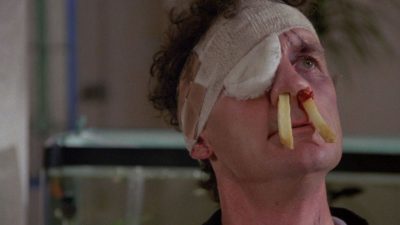
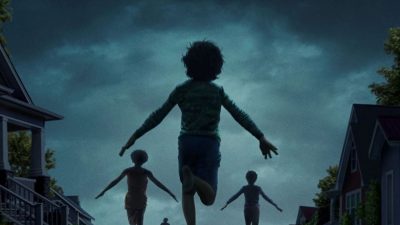

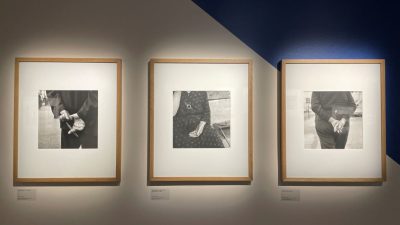
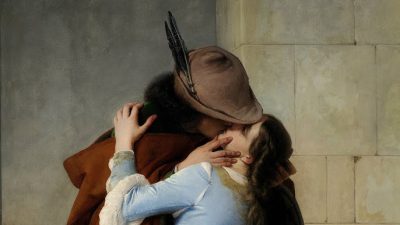










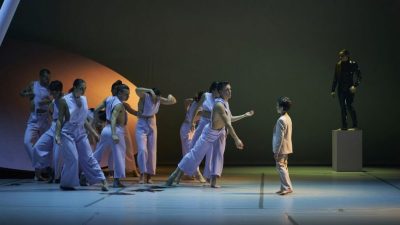





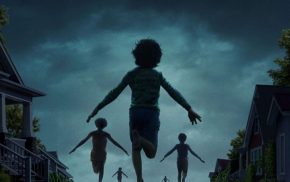
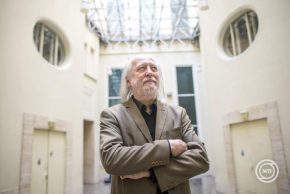
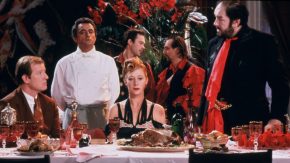

Comments